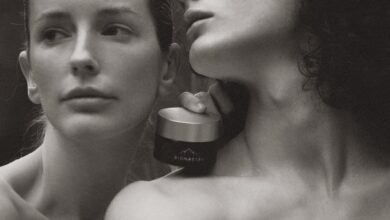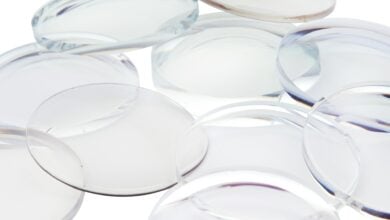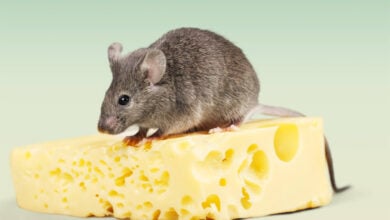There’s no better way to create unique and interesting DIY projects than applying old fashioned milk paint. It’s inexpensive, non-toxic, and delivers vibrantly colored results. Milk paint has been used for centuries, made from all natural ingredients mixed with pigments. It remains popular because it is effective; the recipe endures centuries later because even technological advances can’t surpass the simple formula.
Easy enough for amateur painters
Milk paint is perfect for your DIY projects because it adheres well to sanded surfaces and transforms simple pieces into modern masterpieces. Application and clean up don’t require any special chemicals or storage techniques. You can wash paint brushes clean in the sink without worrying about the residue getting into waterways. The natural finish is very forgiving for amateur painters since you don’t have to apply perfect layers for a crisp, smooth finish.
Just the right quantity for DIY projects
Milk paint usually comes in powdered form, allowing you to mix up just the right amount to the proper consistency. The powder costs less to ship and store than traditional paint, and you aren’t locked into buying large retail quantities. You can store it indefinitely as long as it’s not mixed with water, so it’s easy to make small batches that are just the right size for smaller projects.
Available in vibrant colors
Pigments deliver the color in paint, and milk paint comes in a vibrant rainbow of colors. Although the paint recipe is hundreds of years old, today’s enhanced pigment powders and binding agents create bright colors across the spectrum. Without any finishing ingredients, it dries to a natural matte finish with a gorgeous patina. Fans of modern finishes might prefer using varnish, wax, or oil to provide extra protection and gloss.
Versatile
Depending on the amount of water used, the consistency changes during application. More water allows the wood details to show through the layers of paint, while a thicker coat of paint achieves full coverage. Either consistency is compatible with a surface application on wood, glass, metal, ceramic or plastic. The paint enables painters to create a wide variety of effects and textures with a contemporary finish on furniture, or to whitewash brick and walls to create an antiqued appearance.
Environmentally friendly
Consumers value environmentally friendly products. Paint allows people to repurpose older items instead of purchasing new ones. Sadly, many paints contain volatile organic compounds that let off hazardous gases. Do your part to keep the earth healthy by refinishing and upcycling with a non-toxic, biodegradable paint like milk paint. It dries odorless, and the slightly alkaline pH naturally inhibits the growth of mold and mildew.
Conclusion
Milk paint allows painters to control the final appearance of a project by altering the finish and consistency on the fly. It’s durable, easy to apply, and has a unique patina beloved by decorators. Although modern users like it for its decorative benefits, milk paint also protects and makes surfaces more durable. Applying varnish, wax, or oil alters the project from a matte finish with a patina to a glossy, more modern effect.




